
Usability testing is a crucial part of the website design process. By testing the user friendliness of your website, you can ensure that your visitors have a positive experience and are able to easily find the information they need. In this blog post, we’ll provide some examples of usability testing so that you can see how it’s done.
“Usability testing is a technique used in user-centered interaction design to evaluate a product by testing it on users. This can be done via surveys, interviews, focus groups, or in-person usability testing.” – Don Norman, User Experience Architect
What Is Usability Testing?
Usability testing is a method of testing how easy it is for users to use a website or app. It involves testing with real users to see how they interact with the design, and whether they can achieve their goals.
It is important because it can help to identify problems with the design of a website or app and suggest ways to improve it. By making a website or app more user-friendly, you can increase its chances of success.
There are many different ways to carry out usability testing. Some common methods include user interviews, focus group discussions, and surveys. User testing is also a popular method, which involves testing with real users to see how they interact with the design. Usability testing is important because it allows you to test how easy it is for users to use your website or product. By testing with real users, you can find out what works well and what needs improvement. This feedback is essential for making your website or product more user-friendly. Incorporating thesis writing services can provide valuable insights into the user experience and areas of optimization.
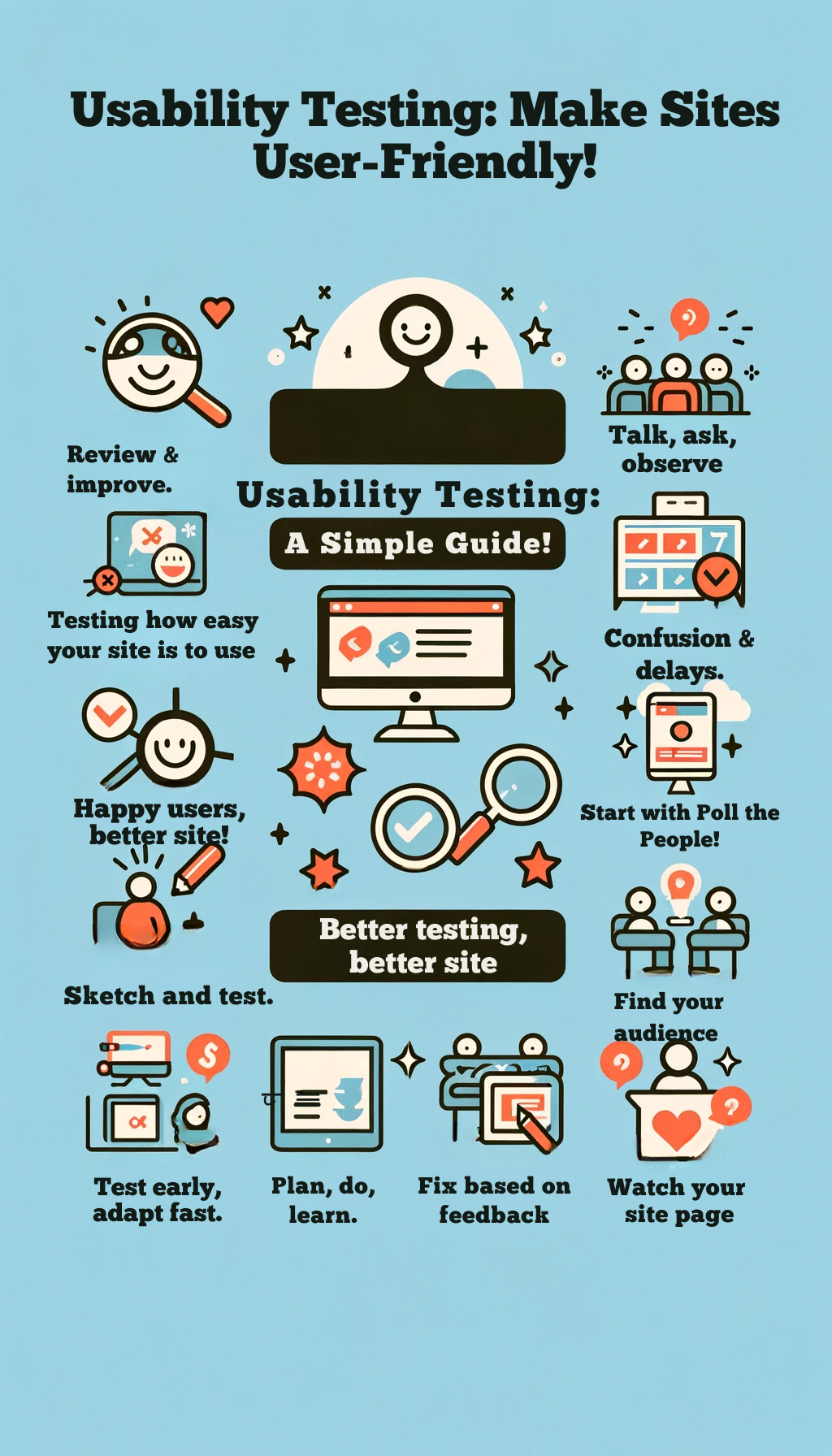
Why Is Usability Testing Important?
Usability testing is important because it allows you to test how easy it is for users to use your website or product. By testing with real users, you can find out what works well and what needs improvement. This feedback is essential for making your website or product more user-friendly.
How Can You Test The Usability Of Your Website?
There are many ways to test the usability of your website. You can use online tools, hire a professional firm, or do it yourself.
The most important thing is to get feedback from real users. This will help you identify any areas where your website is not user-friendly.
One way to get feedback is to use online tools. These tools will give you an overview of how users interact with your website. They can also help you identify any areas where users are having difficulty.
Another way to get feedback is to hire a professional firm. These firms specialize in usability testing. They will use a variety of methods to test your website and give you detailed feedback.
You can also do usability testing yourself. This can be done by asking friends and family to use your website and give you feedback. No matter which method you use, getting feedback from real users is the best way to improve the usability of your website.
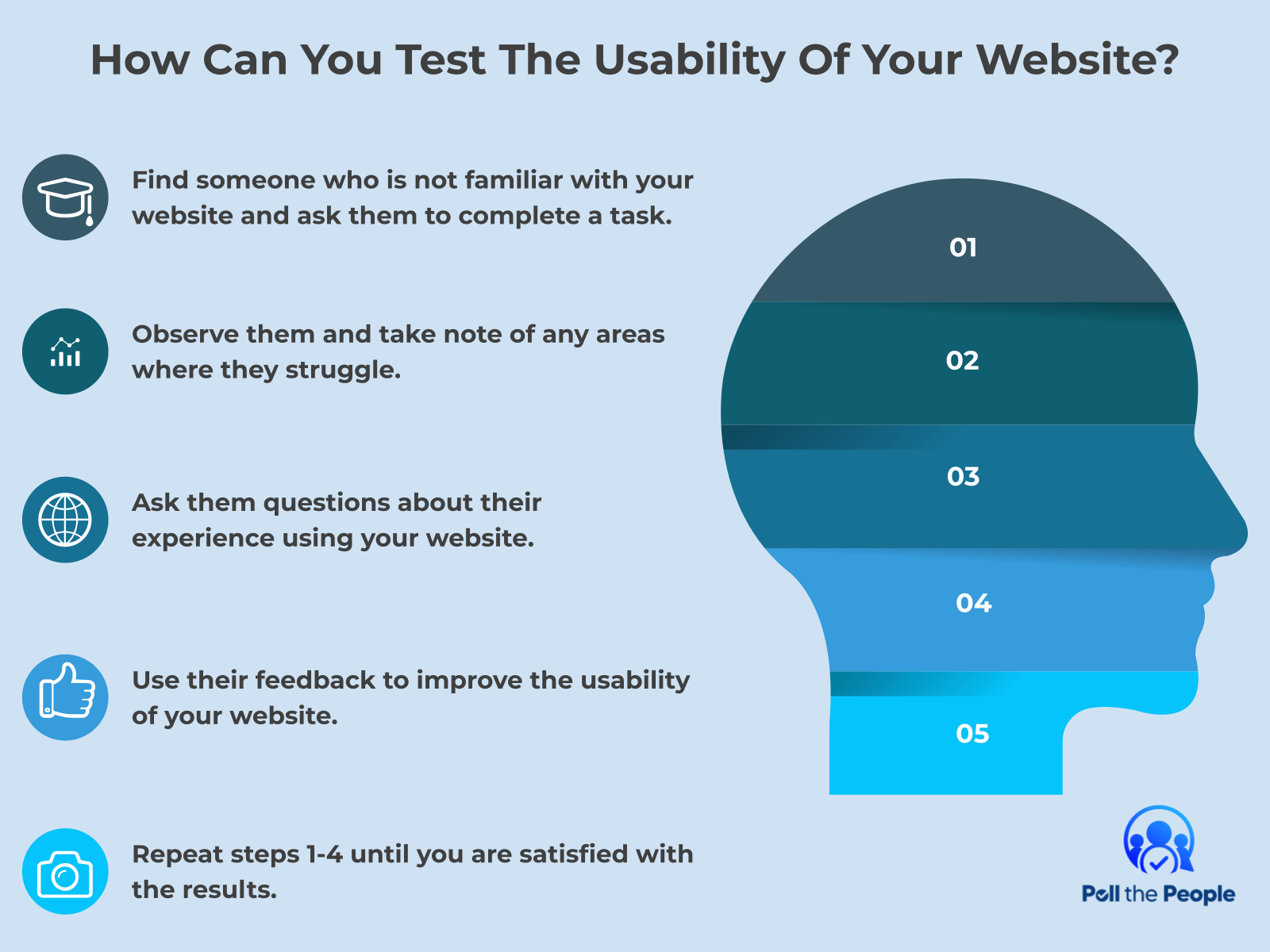
What Are Some Common Usability Problems?
There are many common usability problems that can occur when testing the user friendliness of a website. Some of these problems include:
-Not being able to find the information you are looking for
-The website is not easy to navigate
-The website is not user friendly
-There are too many ads or pop-ups
-Long loading times on your website
-The website is not responsive
These are just a few of the many common usability problems that can occur. It is important to be aware of these problems so that you can make sure your website is as user friendly as possible.
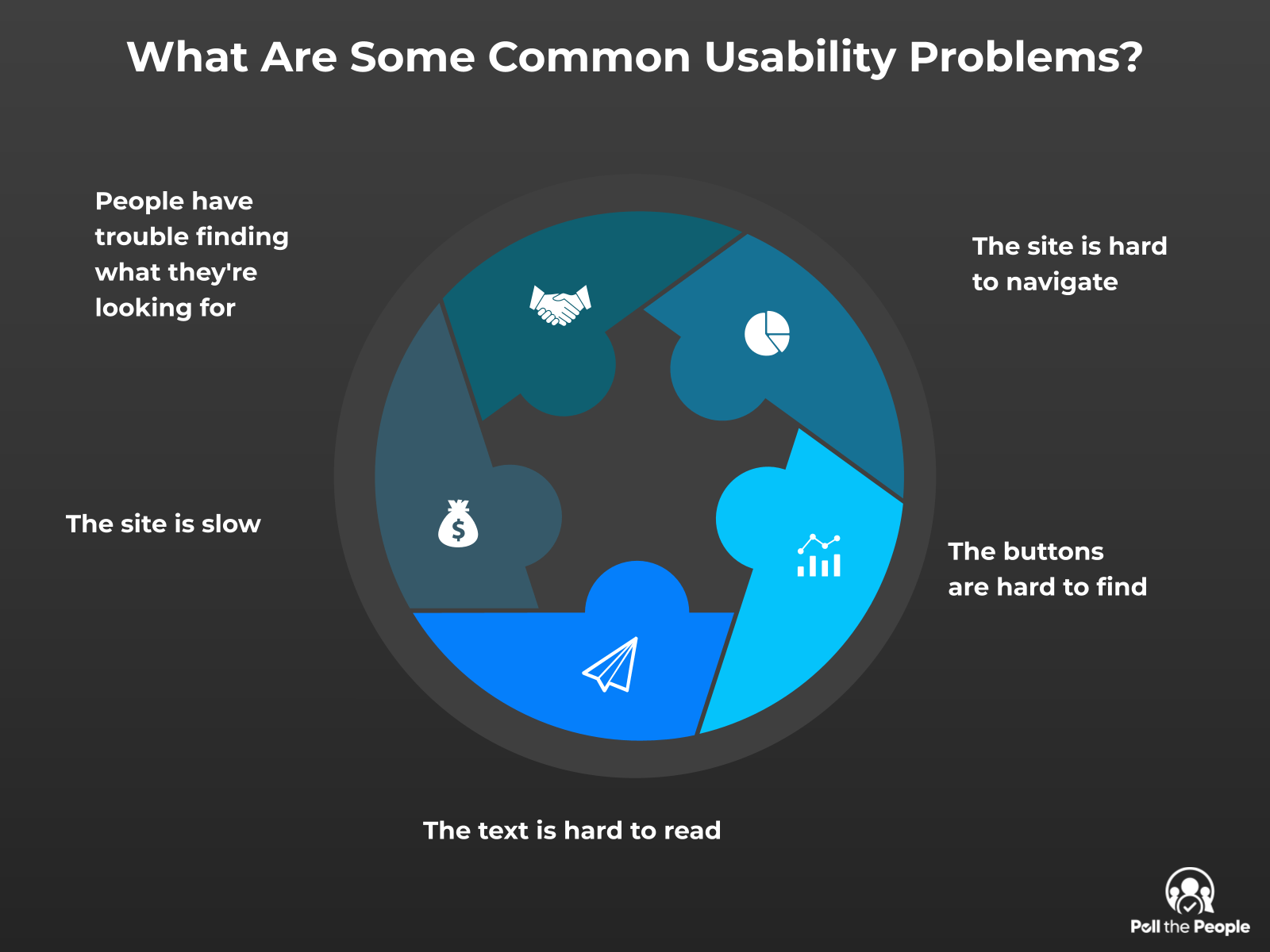
How Can You Fix Usability Problems?
There are many ways to fix usability problems, but the most important thing is to always keep the user in mind. Think about what they need and want from your website or product, and make sure that your design meets those needs.
One way to fix usability problems is to use feedback from users to guide your decisions. Ask users what they think about your design, and listen to their suggestions. Use surveys, user testing, and other research methods to gather feedback, and then use that information to make changes to your design.
Another way to fix usability problems is to keep up with the latest design trends. Pay attention to what other designers are doing, and see if you can incorporate some of their ideas into your own design. Stay up-to-date on the latest trends by reading design blogs, attending conferences, and taking classes.
Finally, don’t be afraid to experiment. Sometimes the best way to fix a usability problem is to try something new. Be willing to experiment with different design solutions, and see what works best for your users.
Keep these things in mind, and you’ll be well on your way to fixing any usability problems in your design.

What Are Some Common Usability Testing Tools?
There are various types of usability testing tools available, each with its own advantages and disadvantages. Some common usability testing tools include:
1. Paper prototypes: Paper prototypes are quick and easy to create, and can be used to test early designs with users. However, they are difficult to revise and update, and may not be realistic enough to accurately simulate the final product.
2. Clickable prototypes: Clickable prototypes are more realistic than paper prototypes, and can be used to test more complex interactions. However, they can be time-consuming to create, and may require specialized software.
3. User interviews: User interviews are a great way to gather qualitative data about user needs and expectations. But they can be time-consuming, and may require some advance planning.
4. User surveys: User surveys can be used to gather quantitative data about user needs and expectations. A disadvantage is that they can be difficult to design, and may not be able to capture all the relevant data.
5. A/B testing: A/B testing is a great way to compare two or more design options and see which performs better with users. It can be a fast and effective way to get real feedback.
How Can You Find Usability Testers?
There are a few ways to go about finding usability testers. You can either post a request for testers on online forums or websites, or you can user a panel of respondents on your testing platform.
When posting a request for testers, be sure to include information about what you’re testing and what you’re looking for in a tester. For example, you might want testers who are familiar with the topic of your website or app, or who are in your target demographic.
You can also reach out to people you know and ask if they’d be willing to test your website or app. Be sure to let them know what you’re looking for in a tester, and offer to compensate them for their time.
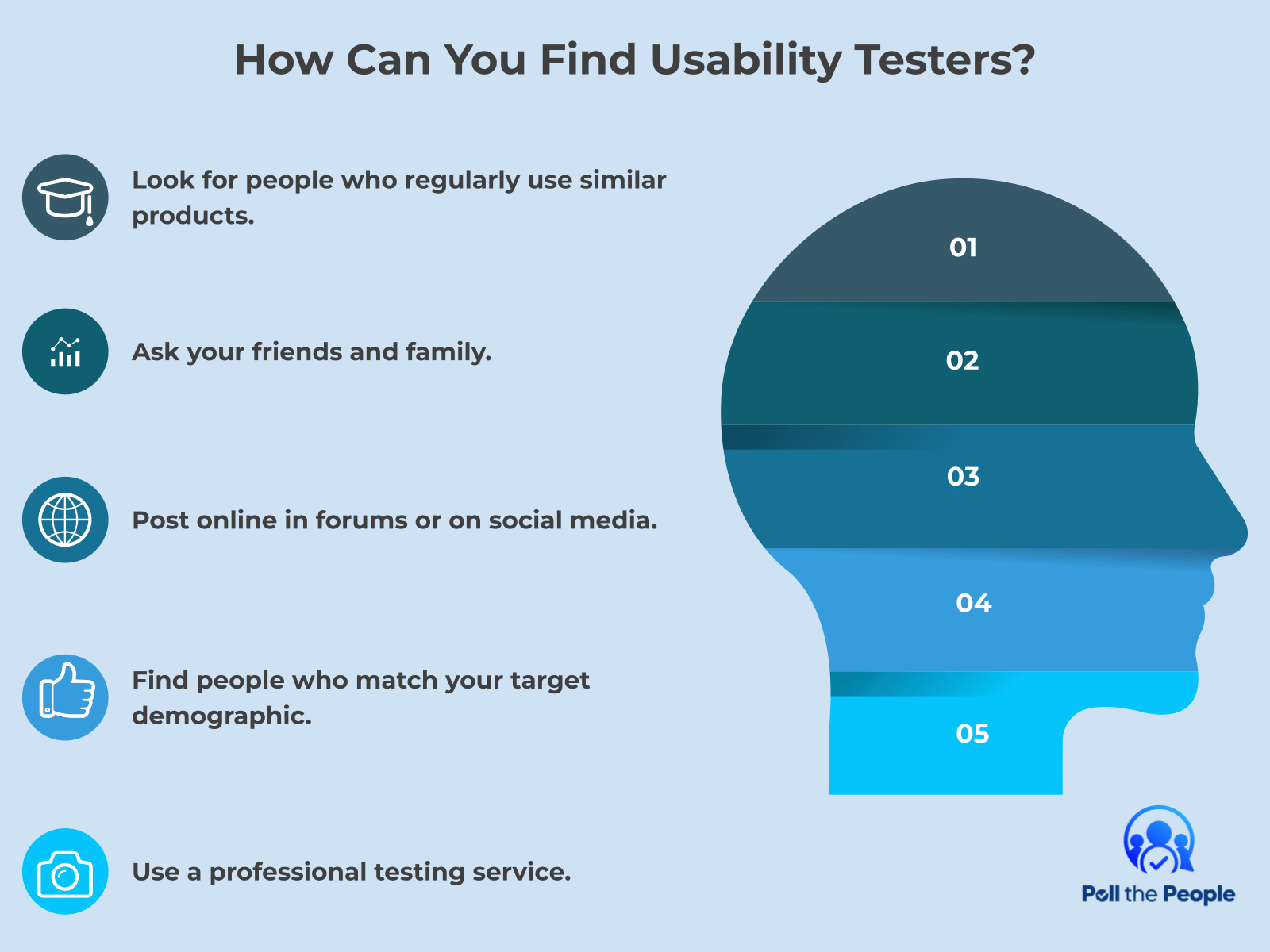
How Do You Run A Usability Test?
There are various ways to run a usability test, but ultimately, the goal is to see how easy it is for users to use your website or product. This can be done by asking users to complete specific tasks, and then observing and recording their behavior.
One way to run a usability test is to use a tool like Poll the People. This allows you to record users as they use your site, and then provides you with feedback about their experience.
Another way to run a usability test is to simply ask someone to use your site or product and give you feedback about their experience. This can be done in person or over a landline phone.
No matter how you run your usability test, the important thing is to get feedback from real users about their experience using your site or product. This will help you identify areas for improvement so that you can make your site or product more user-friendly.
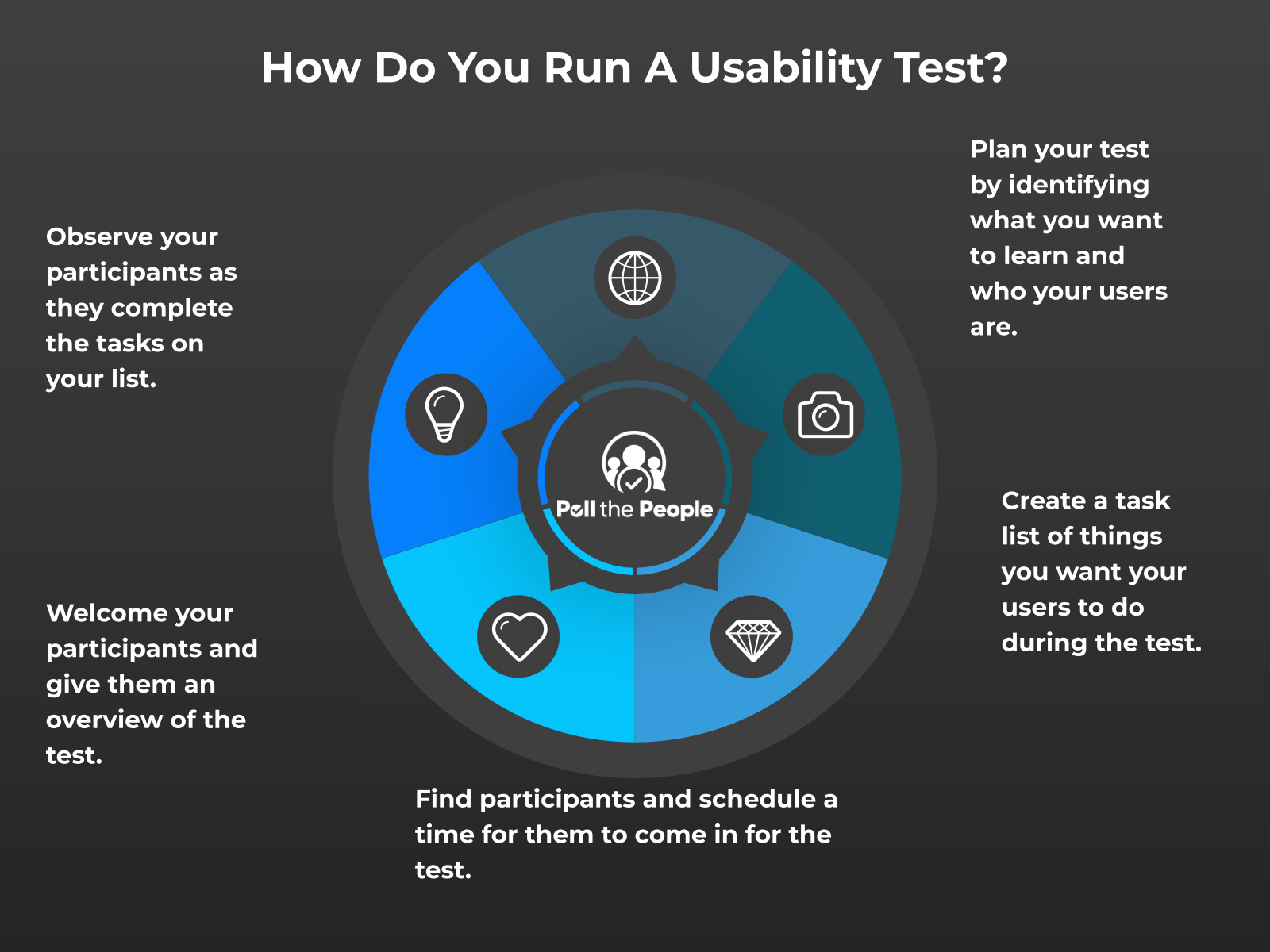
How Do You Analyze The Results Of A Usability Test?
After you’ve conducted a usability test, it’s important to analyze the results in order to improve your website. There are a few different ways to do this:
– First, you can look at the quantitative data, such as the number of tasks completed, the number of errors made, and the time it took to complete each task. This can give you a good overview of how well the test went and where there might be room for improvement.
– You can also look at the qualitative data, such as the comments and feedback from the testers. This can be helpful in understanding the testers’ experience and what they thought of your website.
– Finally, you can compare the results of the usability test to other similar tests that you’ve conducted. This can help you see how your website stacks up against the competition and where you might need to make some changes.
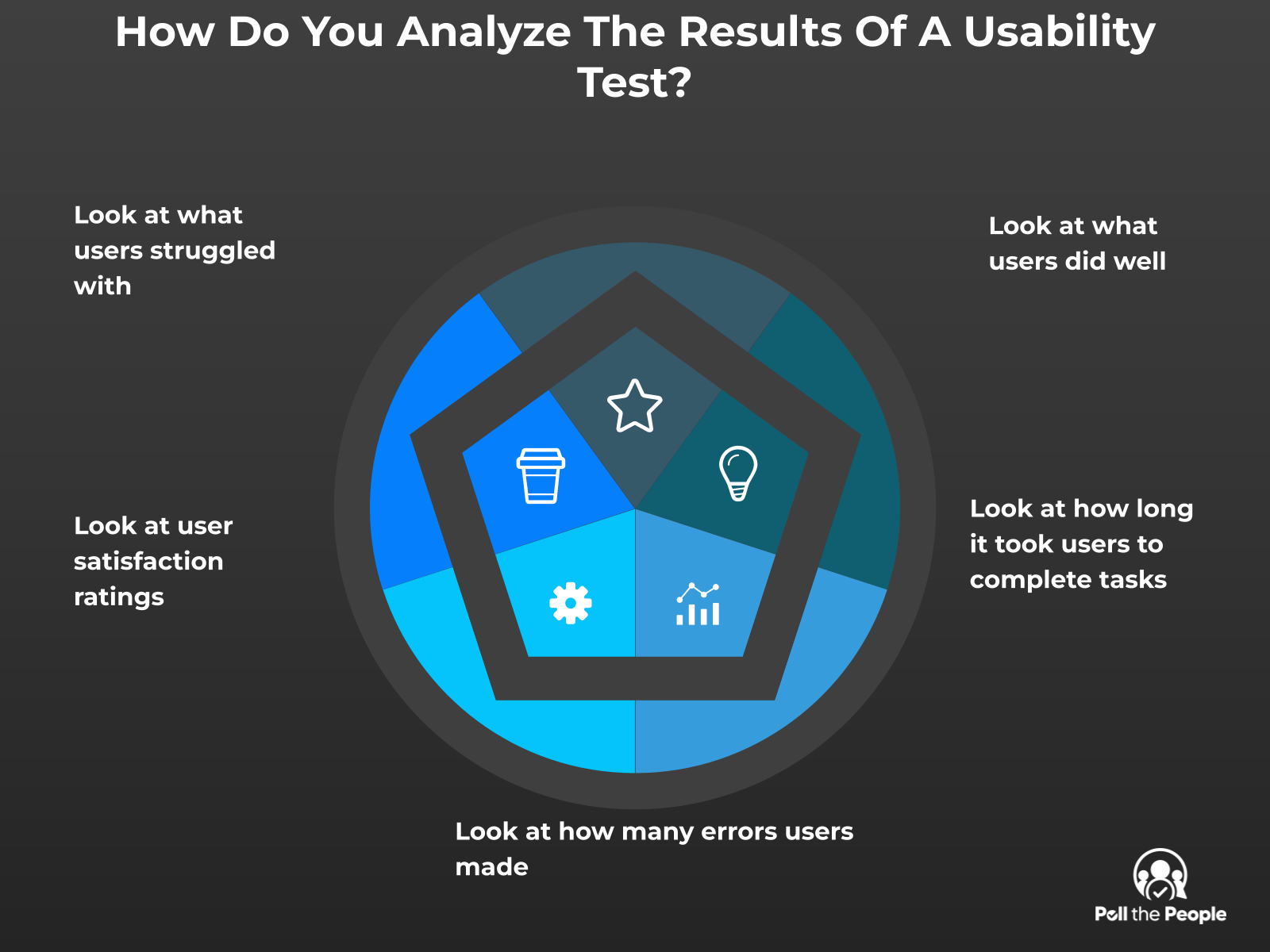
Quick Tips
- Usability testing is a process of testing how easy it is for users to interact with a website or app.
- There are many different ways to conduct usability testing, but some common methods include task-based testing, where users are asked to complete specific tasks on the site; and survey-based testing, where users are asked to answer questions about their experience using the site.
- Usability testing can be conducted with users who are familiar with the site or app being tested, or with users who are new to the site.
- It is important to test with a variety of users, as different people will have different opinions on what is easy to use and what is not.
- When conducting usability testing, it is important to observe users as they interact with the site or app, and to ask them questions about their experience.
- Usability testing can be used to test websites, apps, or even individual features or pages on a website or app.
- Usability testing can be conducted early in the development process, or even after a site or app has been launched.
- Conducting usability testing can help to improve the user experience of a website or app, and can help to make sure that users are able to easily use the site or app.
Frequently Asked Questions
Conclusion
Usability testing is a crucial part of website design and development. By testing the user friendliness of your website, you can ensure that your visitors have a positive experience and are able to easily find the information they need. There are a number of different ways to conduct usability testing, so be sure to choose the method that best suits your needs. With a little effort, you can make sure that your website is user friendly and provides a great experience for your visitors.
If you’re looking for a way to improve your website’s usability, sign up for Poll the People today! Our free signup allows you to test on a variety of different platforms, so you can see what works best for your users. With our easy-to-use tools, you’ll be able to gather valuable feedback in no time. So why wait? Sign up now and start improving your website’s usability today!
- How To Retain SEO Ranking After A Redesign - February 22, 2023
- Ultimate Guide: How to Write Brand Names - February 17, 2023
- 10 Best Practices for Using Video in Your Email Marketing Campaigns - February 8, 2023




